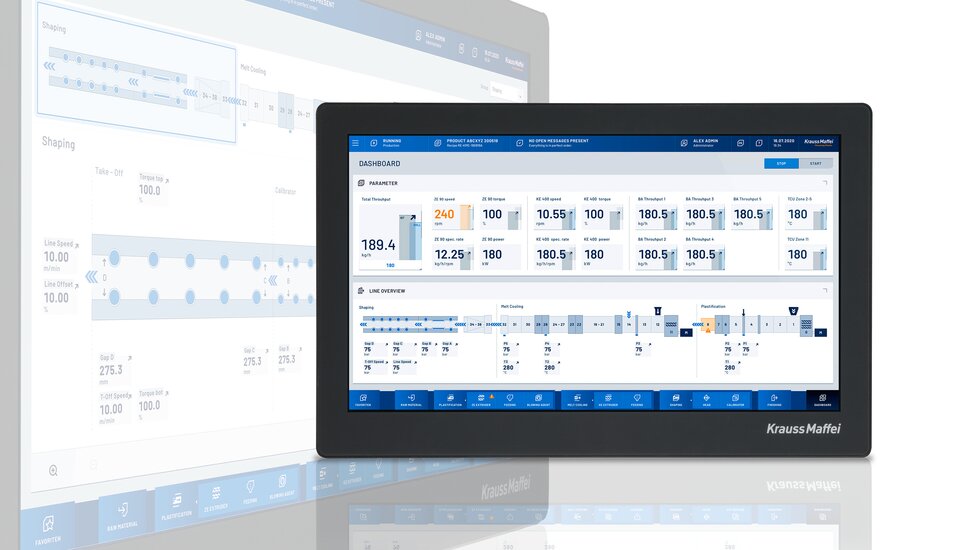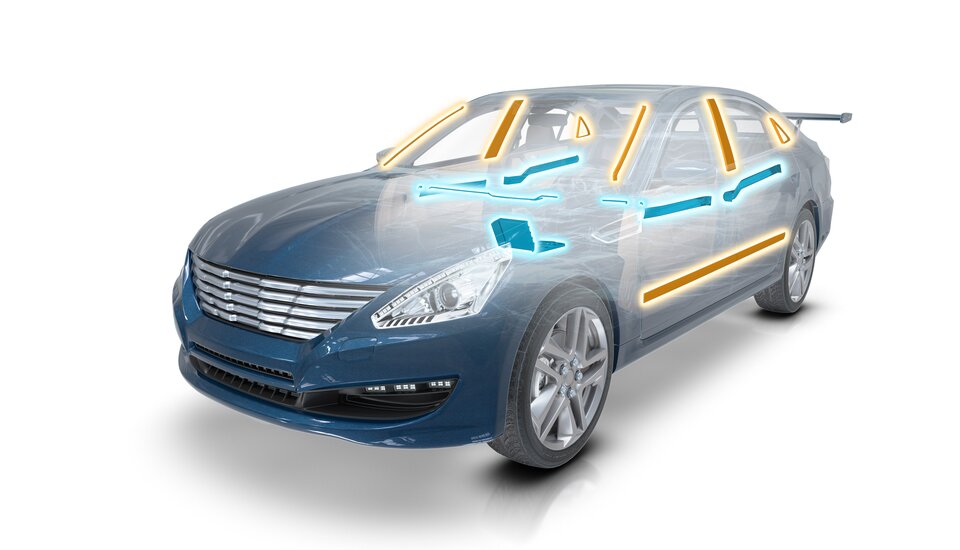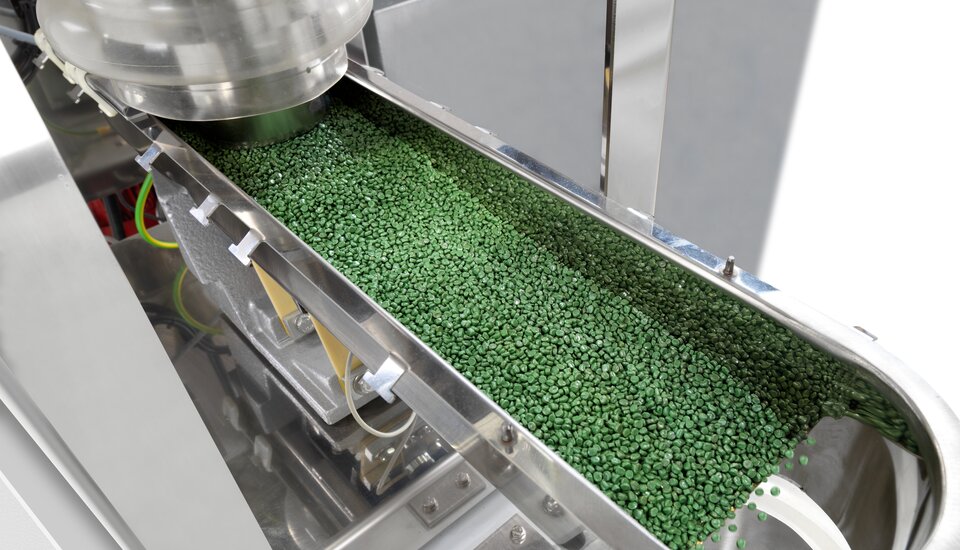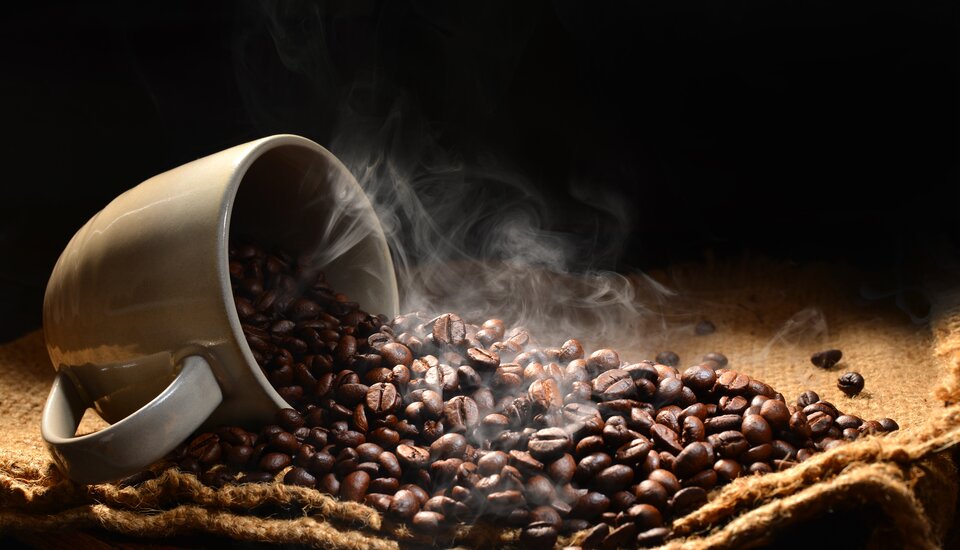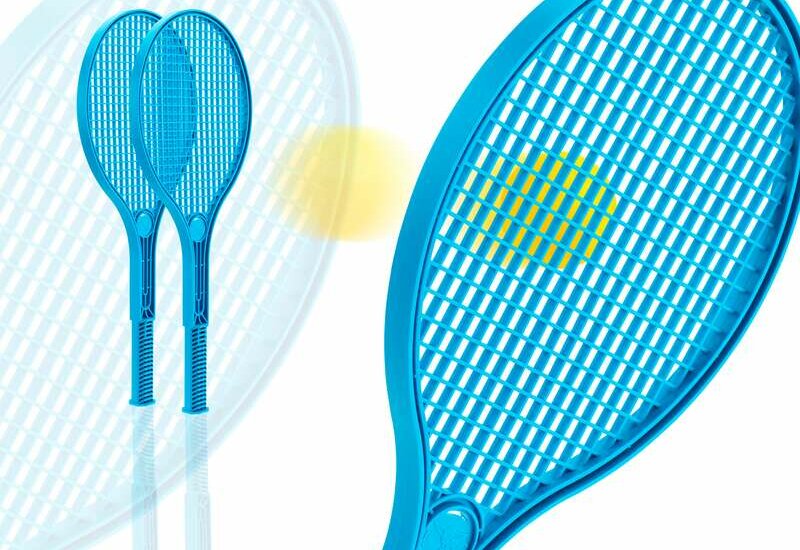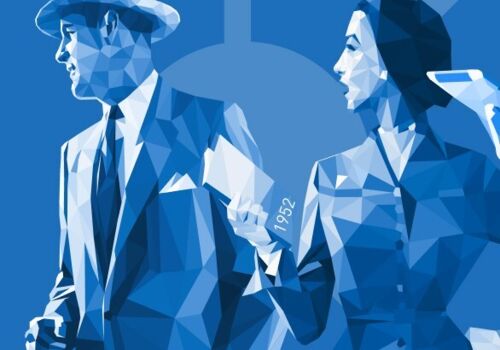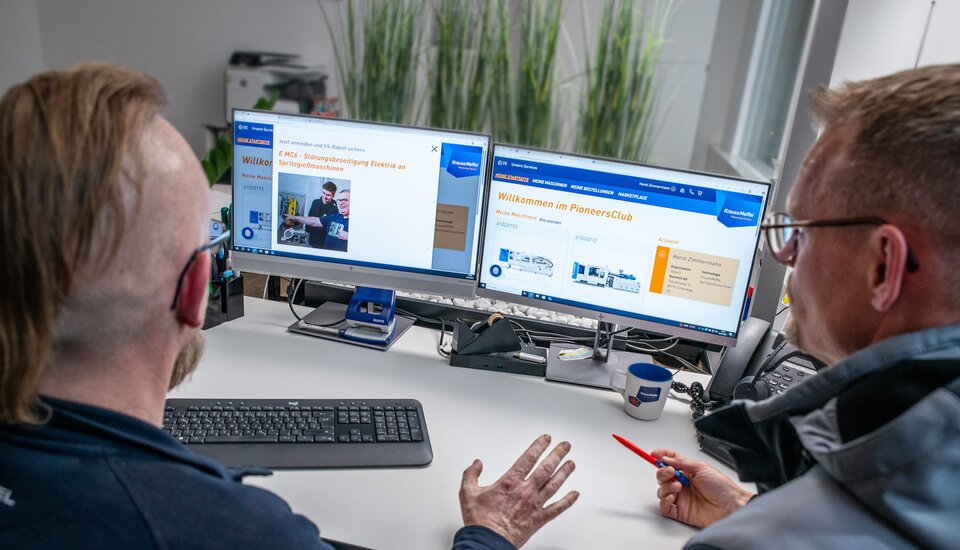
Trendgineering
Cross-linked foam boards produced on ZE BluePower extruders
| Andreas Weseler
KraussMaffei promotes research project
The evidence is there: Phenolic resin-based thermoset foam boards can actually be produced on co-rotating twin-screw extruders. This achievement is the result of a joint project funded by the German Federal Ministry for Economic Affairs and Energy (BMWi) involving six project partners. The highly innovative rigid foam boards are ideal for the use as load-bearing insulating composite components in the building sector.
“Energy-efficient production of near-natural thermoset phenolic foam to reduce final energy losses in the building sector and technical installations” – this somewhat unwieldy project name refers to a project jointly conducted by KraussMaffei (with its injection molding and extrusion technologies) and its associated project partners Hexion GmbH (phenolic resins), EJOT Baubefestigungen GmbH (fastening solutions for the building industry), Schöck Bauteile GmbH (load-bearing insulating components), Robert Bosch GmbH (various products and consumer goods). The project has been coordinated by Chemnitz Technical University, Faculty of Mechanical Engineering, Chair in Plastics.
The aim of the project partners was to develop a closed value-added chain for thermoset rigid phenolic foam – starting from the production, through planning, construction and operation up to material recycling. In pursuit of this goal, KraussMaffei’s extrusion division was faced with the task of matching the phenolic compound formulation and the process control in order to be able to extrude boards with low density, high mechanical stability, low thermal conductivity and good fire resistance.

Phenolic rigid foam panels:
one possible application is the stable fastening of solar modules or air-conditioning systems on roofs
“The excellent fire properties of the new thermoset foam boards are indeed something very special.”Andreas Madle, process engineer in the Process-Engineering Development Division and project Manager at KraussMaffei
After all, there are already rigid polyurethane foam boards on the market for comparable applications, but with poorer fire resistance. However, it is precisely these fire properties that are crucial for the use in the building sector. Even without the addition of flame retardants, the new material is extremely flame resistant and hence classified as fire protection class B1. In the event of a fire, the material neither drips off nor produces smoke. An additional benefit is the excellent dimensional stability under heat. In case of fire, the components made of this material remain dimensionally stable over a long period of time. Thanks to these advantages combined with the low thermal conductivity, phenolic-resin rigid foam boards are ideally suited as insulation material for use in the building sector.

Energy-efficient phenolic rigid foam panels:
feature low density with high mechanical stability, low thermal conductivity and good fire properties.
Optimally configured twin-screw extruder keeps cross-linking under control
The foam boards with a thickness of 50 mm and a width of up to 300 mm were produced on a ZE 42 BluePower extruder with a 42 mm screw diameter. For this purpose, the process-engineering characteristics of the twin-screw extruder available for research and development tasks in KraussMaffei’s R&D center in Hannover were precisely adapted to the specific requirements of the material processed. “The challenge was to keep the cross-linking process in the extruder under control and to avoid the formation of dead spots,” says Andreas Madle. This objective was achieved by adjusting the screw geometry and the melt discharge area. “We selected a low-shear screw geometry and process the material in the extruder at relatively low temperatures ranging between about 100 and 120°C. In addition, we used 3D metal printing to produce a screw tip that ensures an extremely low free volume and thus minimizes the formation of dead spots where the material could be deposited and cross-linked.”

ZE 42 Blue Power twin-screw extruder:
optimally adapted to the process keeps crosslinking in the extruder under control.
An environmentally compatible inorganic blowing agent is used for foaming the molding compound developed by Hexion that comprises not only phenolic resin and hardeners, but also fibers and additives. The reaction of the chemical blowing agent already starts at the low temperatures inside the extruder, causing the phenolic molding compound to expand when the melt is discharged through the extrusion tool. The result is a foam product with a density of about 800 kg/m3, which is equivalent to a foaming factor of 1 : 2.
In addition, the foam boards stand out for their good thermal conductivity of 0.12 W/mK. “We are well aware of the fact that our foam is rather heavy compared to thermoplastic foam such as EPS, which can reach densities of less than 30 kg/m3,” states Andreas Madle and adds: “However, these two foam products are not really comparable as their fields of application are completely different. In fact, the new foam is intended, among others, as an insulating material for loaded applications and the higher mechanical stability involved inevitably requires a higher density.” Furthermore, the process engineer is convinced that future research and development projects will allow the density of phenolic resin foam to be further reduced.
Reinforcing agents increase strength
Three-dimensional cross-linking of the polymer chains is of essential importance for the good strength properties of the thermoset foam even when exposed to high temperatures and various media. Cross-linking takes place in the take-off system arranged downstream from the extruder. This take-off system does not only ensure material shaping, but also allows the cross-linking reactions to be perfectly completed as the rolls have a temperature of up to 180°C. Thanks to the fillers and reinforcing materials contained in the molding compound, the mechanical properties obtained are better than those of comparable polyurethane-based products at similar density values. Against this background, thermoset foam mats can be used for mounting large window profiles or balconies, for instance. Further applications of the new foam type could be reinforced fire doors in the marine sector, battery boxes in the automotive industry as well as floor coverings. In addition to the high strength and resilience, the foam scores with its excellent fire resistance in all mentioned fields of application and hence represents an interesting addition to already well-established foam products.
Contact:
andreas.madle@kraussmaffei.com
